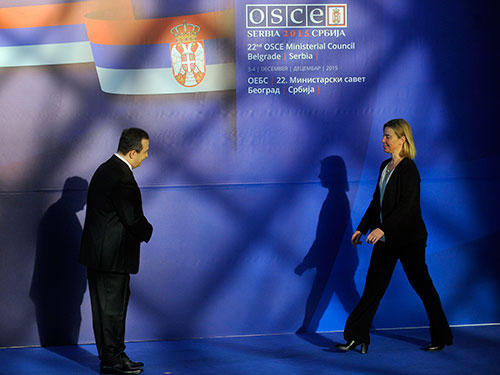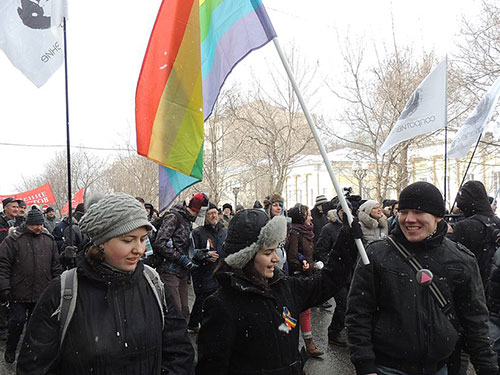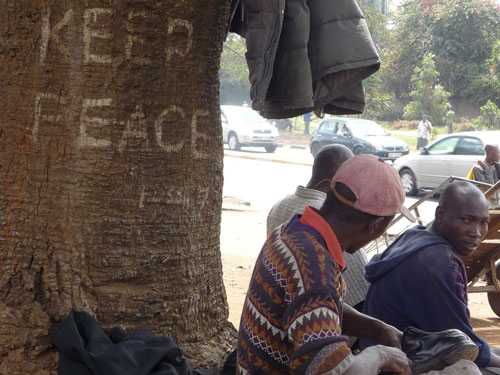
This article was originally published by the Security and Human Rights blog of the Netherlands Helsinki Committee on 2 December, 2015.
When in December 2011 Serbia – together with Switzerland – put forward its candidacy for the OSCE Chairmanship, it was seeking wider international affirmation and influence. Belgrade wanted to prove itself as capable of sustaining a serious, committed service to European security, and also hoped to bolster its chances for EU membership. The fact that 2015 presented an important milestone – 40 years since the signing of the Helsinki Final Act – was not without significance.




